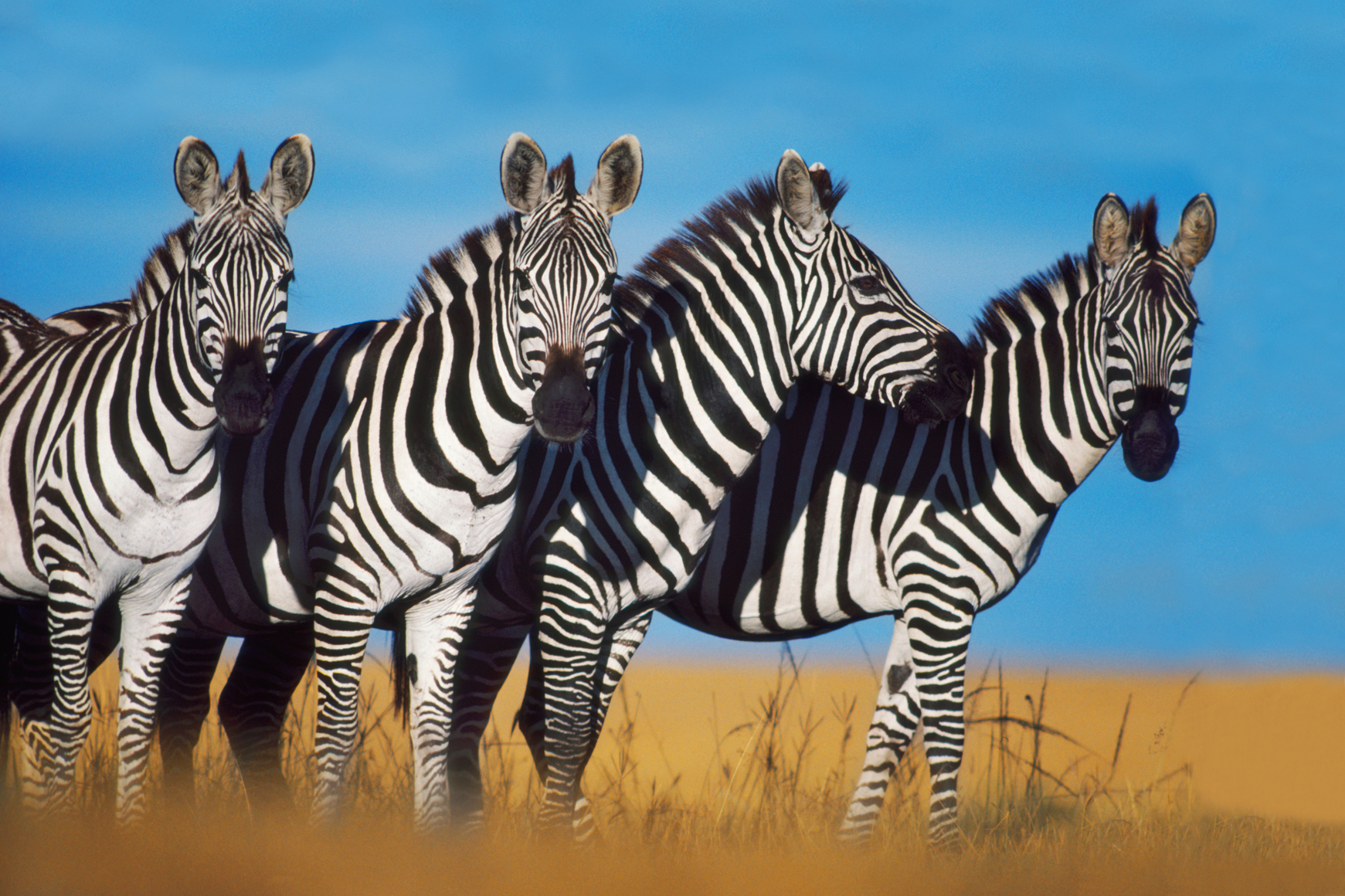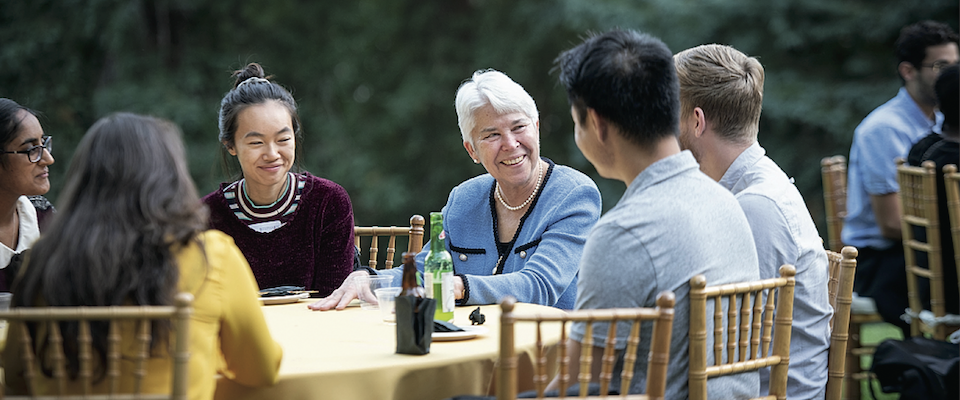With more than 1,500 faculty members, including a handful of Nobel laureates, scores of MacArthur and Guggenheim fellows, and abundant National Academy of Sciences members, Berkeley offers far more than any student could ever hope to explore during their time here. But a first-of-its-kind course endeavors to provide students with a generous, semester-long sampling of Cal’s best through weekly lectures by 28 notable professors from various disciplines.
The idea for the course came from outgoing Chancellor Carol Christ, who envisioned a syllabus that would attract as many students as possible and become a signature academic experience for every undergraduate. Oliver O’Reilly, vice provost for undergraduate education, dubbed it “Brilliance of Berkeley,” a nod to the quality and breadth of the course’s offerings—from arts and humanities to STEM and business—and the opportunity for students to expand beyond their chosen field.
As the idea gained traction, a team of nine staff from across the College of Letters and Science and the Division of Undergraduate Education came together to design the curriculum. Lecturers were chosen by L&S Executive Dean Jennifer Johnson-Hanks ’94 from a pool of 50 nominated by Berkeley’s deans.
“I wrote to four Nobel laureates to be part of the class, and I got responses immediately. Where else would that happen?” O’Reilly said. “The fact that we have such a richness to draw from is a problem that’s good to have.”
One of those Nobel laureates was Randy Schekman, a professor of cell biology, development, and physiology. One morning this past January, Schekman took the podium in Wheeler Hall and shared his journey with the more than 200 students and staff in attendance, along with more than 700 online participants.
Hired as an assistant professor at Berkeley by the late Daniel Koshland ’41, Schekman joked about his transition from Stanford’s “miserable” environment to Berkeley’s welcoming campus. He also shared how personal tragedy has informed his current research. After his wife, Nancy Walls, died more than six years ago of Parkinson’s, Schekman was approached by the Sergey Brin Family Foundation to initiate a major collaborative effort to combat the disease. “I’m grateful to have had the opportunity to turn my personal grief into something positive,” Schekman told the class.
Another Nobel laureate who took to the Wheeler stage was Professor Jennifer Doudna, who shared the story of how a coffee conversation with fellow Berkeley scientist Jill Banfield at the Free Speech Movement Cafe led to the groundbreaking development of CRISPR-Cas9, the revolutionary gene-editing tool that earned her the Nobel Prize in Chemistry in 2020. “It was literally just curiosity-driven science,” said Doudna, who told students that opportunity, serendipity, and collaboration were the three key aspects that led to CRISPR’s development.
Doudna was followed by Associate Professor Poulomi Saha, codirector of the Program in Critical Theory, who teaches a popular class on cults. “Cults,” she told students, “maybe more potently than anything else in our cultural ecosystem, reveal what people hunger for and how those needs aren’t being met in their own lives.”
In his lecture, Berkeley Professor David Card, winner of the Nobel Prize in Economics in 2021, explained what he and other economists really do: disentangle cause-and-effect relationships to inform evidence-based policy. He discussed his own award-winning research, shedding light on pivotal findings, including that minimum wage increases don’t necessarily lead to fewer jobs and that immigrants don’t lower pay for native-born workers.
O’Reilly, a professor of mechanical engineering at Cal, said he hopes exposing students to a wide breadth of scholarship will help broaden their horizons. “When you’re a student with a specific major,” he said, “you have no idea how other majors and ideas can profoundly influence your life years down the road.”
For Elias Mufarech, a student at the Haas School of Business, the course has helped him break out of what he called his “Haas bubble.”
“I enrolled because this is my last semester as an MBA student at Berkeley, and I wanted to get exposed to all the amazing stuff happening around campus regarding research and innovation,” Mufarech said. “Berkeley is a place where new technologies, companies, and policies are crafted, and having that exposure is key for our development.”
Mufarech said that his favorite lecture was “Why Sleep?” by Berkeley neuroscientist Matthew Walker because of his engaging lecture style and the relevance of the topic to sleep-deprived students.
“I loved the engagement and enthusiasm of students during class, even if the topic was new and maybe somehow technical to grasp,” he said.
Outside of class, students are also expected to write weekly reflections and attend campus events or lectures with a group of their peers. The goal is not to assign homework, O’Reilly stressed, but to bring students together and foster a feeling that “they’re really part of Berkeley.”
“Brilliance of Berkeley” will be offered again in spring 2025. Enrollment will open late fall. For more information, visit curricularconnections.berkeley.edu/ls110.






















